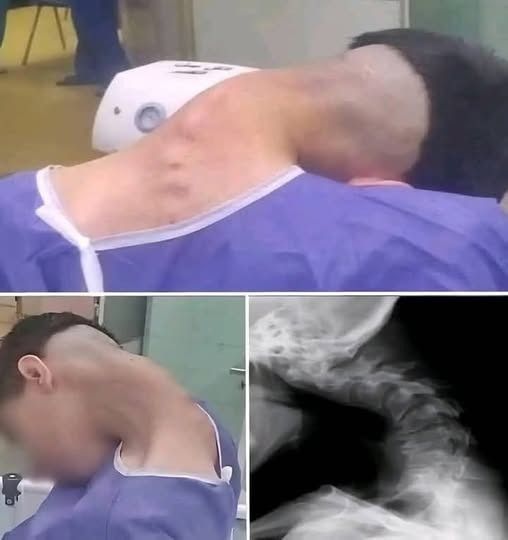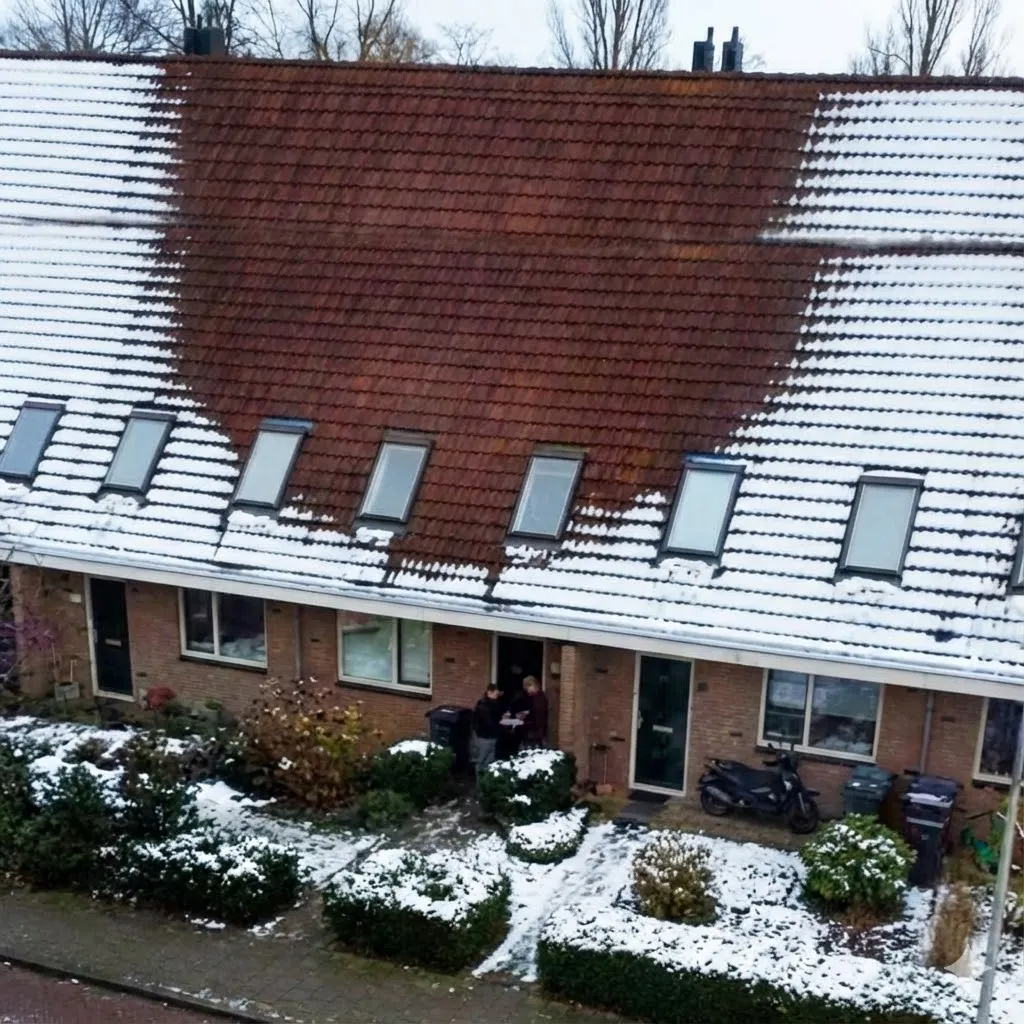Young man hospitalized because he dropped his ca…See more
In September 2022, a rare and devastating case was reported in the *Journal of Orthopaedic Case Reports*, involving an 18-year-old male worker in India who died after a heavy metallic object fell on his head at work. The impact caused an unusual cervical spine injury: a retropulsion fracture of the C5 vertebral body, along with a secondary fracture of the postero-superior portion of C6. Despite emergency intubation, cervical traction, and stabilization, the young man succumbed to his injuries within 48 hours.
The incident occurred when a large pipe or beam unexpectedly struck the front of the worker’s head. He immediately lost consciousness, went into respiratory distress, and required urgent medical intervention. A CT scan revealed a rare “nutcracker-like” axial compression injury—where the C5 vertebra was crushed and driven backward into the spinal canal. Notably, no displacement of the facet joints or pedicle fractures was found, making this injury morphology unique and unclassifiable under existing systems like Allen & Ferguson, SLICS, or AO Spine.
This case underscores the extreme vulnerability of the subaxial cervical spine (C3–C7) and the potentially fatal consequences of high axial load injuries. It highlights critical gaps in current spinal injury classification systems and the importance of recognizing atypical trauma patterns in emergency care.
Most importantly, it serves as a powerful reminder of the need for strict occupational safety measures. Employers must ensure workers are protected from overhead hazards by enforcing safety protocols and using proper gear. Early recognition, immobilization, and accurate diagnostics are essential, but prevention remains the most effective defense against such life-altering tragedies.






Post Comment